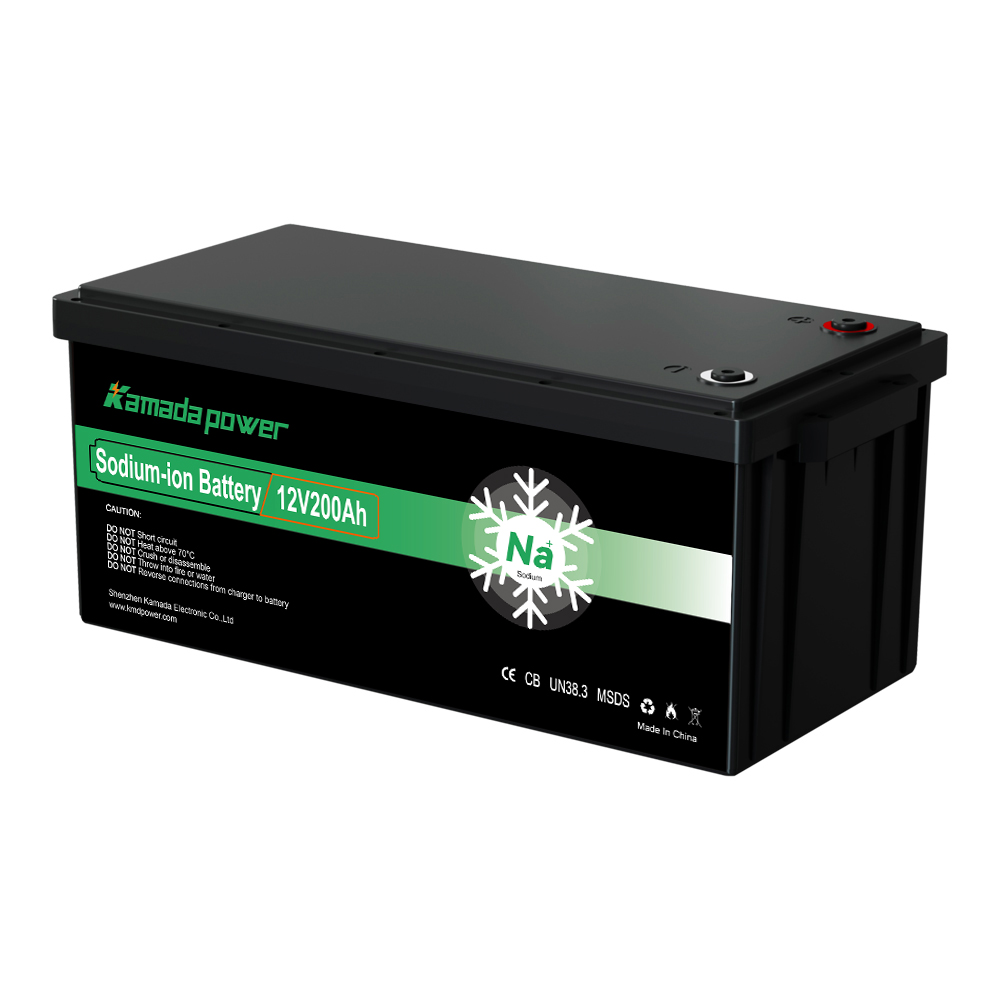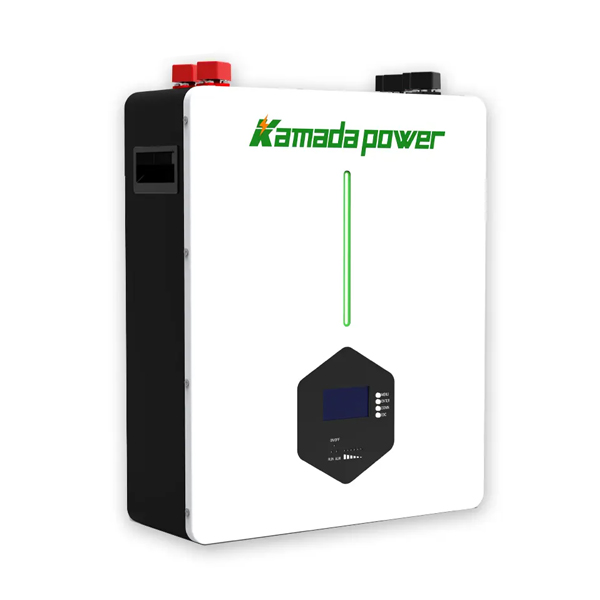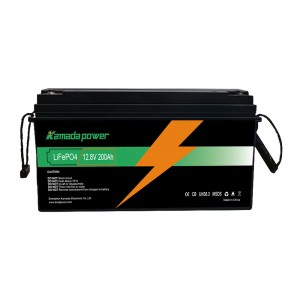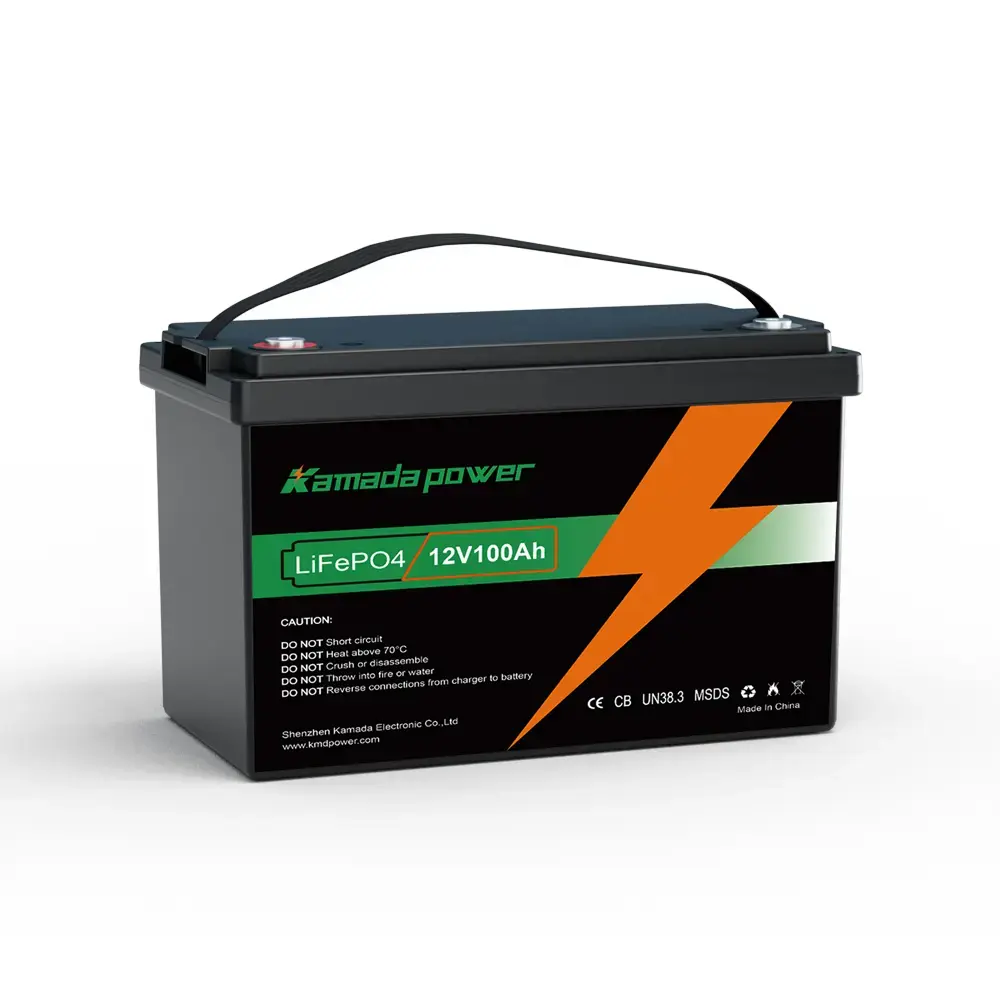Properly charging a deep cycle marine battery is essential for its longevity and peak performance. Whether you’re a passionate fisherman, boater, or someone who uses deep cycle batteries for marine activities, this guide will help you understand the best charging practices. We’ll cover everything from choosing the right charger to maintaining your battery’s health.
Why Is Correct Charging Important for Your Marine Battery?
Charging your deep cycle marine battery correctly directly impacts its lifespan and performance. Incorrect charging—like overcharging or undercharging—can damage the battery. Following proper charging techniques ensures longer battery life, better performance, and reduces the risk of failure when you need it most.
Why Proper Charging Matters:
- Overcharging can cause excess heat, damaging the battery cells.
- Undercharging or leaving the battery partially charged for long periods can reduce its lifespan.
- Selecting the right charger is key to maintaining safety and efficiency.
Types of Marine Batteries:
Understanding your battery type helps you know how to charge it properly. There are two main types of deep cycle marine batteries: lead-acid (AGM or flooded) and lithium-ion.
- Lead-Acid Batteries: More affordable but require regular maintenance, such as checking fluid levels and cleaning terminals. They’re sensitive to overcharging.
- Lithium-Ion Batteries: These are durable, maintenance-free, and charge faster. They have a longer lifespan but require specific chargers for optimal efficiency.
Choosing the Right Charger for Your Marine Battery
Picking the right charger is crucial for optimal performance and battery life. Here’s what to consider when selecting a charger:
- Match Charger to Battery Type Always use a charger designed for your specific battery type. A lithium-ion charger is different from a lead-acid charger, and using the wrong one could damage the battery.
- Check Voltage and Amperage The charger’s voltage should match the battery’s (e.g., 12V charger for a 12V battery). Avoid chargers with amps higher than your battery’s amp-hour (Ah) rating. For a 12V 100Ah battery, use a charger with an amp rating of 10-20 amps.
- Smart vs. Conventional Chargers Smart chargers automatically stop charging once the battery is full, preventing overcharging and helping maintain long-term battery health.
Step-by-Step Guide to Charging Your Deep Cycle Marine Battery
Follow these steps to charge your deep cycle battery correctly:
- Clean the Battery Terminals Dirty terminals can affect the charging process. Clean them with a wire brush or battery terminal cleaner.
- Connect the Charger
- Attach the red (positive) cable to the red (positive) terminal.
- Attach the black (negative) cable to the black (negative) terminal.
- Turn on the Charger Plug in the charger and switch it on. If using a smart charger, it will stop charging once the battery is full.
- Monitor the Charging Process Some chargers display charging progress through LED indicators. For lithium batteries, you may also monitor the status via a mobile app.
- Disconnect the Charger Once the battery is fully charged, unplug the charger. Always disconnect the negative (black) cable first, then the positive (red) cable.
Temperature Considerations for Charging Your Marine Battery
Charging Temperature: Temperature greatly affects battery charging. Charging in improper conditions can damage cells or reduce efficiency.
- Lead-Acid Batteries: Perform best in moderate temperatures (50°F – 85°F or 10°C – 30°C). Charging at extreme temperatures can cause gassing or lower efficiency.
- Lithium-Ion Batteries: These batteries have a wider charging temperature range from -4°F to 131°F (-20°C to 55°C). For optimal efficiency, charge them above freezing.
Best Practices for Charging Your Deep Cycle Marine Battery
To extend your deep cycle marine battery’s lifespan, follow these best practices:
- Avoid Deep Discharges Try to discharge your battery to 50%-80% capacity before recharging. This reduces stress and extends battery life.
- Use a Multi-Battery Charger If you have multiple batteries, consider a multi-bank charger to charge all batteries simultaneously—perfect for boats with several power sources.
- Charge After Each Use Even short-term use should be followed by a charge. This keeps the battery ready for the next trip and prevents it from staying in a partially discharged state.
- Store the Battery Correctly When not in use, store your battery in a cool, dry place, with around 50% charge. Avoid leaving it discharged for long periods, as it will reduce the battery’s lifespan.
FAQ
1. How do you charge a deep cycle marine battery without a charger?
Charging without a proper charger isn’t recommended. You might use an automotive charger in an emergency, but it can damage the battery over time. Always use a charger designed for deep cycle batteries to maintain battery life.
2. How can I charge a deep cycle marine battery at home?
To charge at home, use a charger made for marine deep cycle batteries. Connect it to the battery’s terminals—positive to positive, and negative to negative. Use a smart charger to prevent overcharging. Always charge in a cool, dry area, away from direct sunlight and heat.
3. What is a deep cycle battery charger?
A deep cycle battery charger is a device designed for batteries that undergo frequent deep discharges, like marine batteries. These chargers regulate current flow to recharge the battery safely without causing damage.
4. Should I charge my deep cycle battery with a 2-amp or 10-amp charger?
A 2-amp charger is slower and gentler, ideal for overnight charging. A 10-amp charger is faster, useful when you need a quick charge, but may generate more heat and shorten battery lifespan if used too frequently.
5. How long does it take to charge a deep cycle battery at 2 amps?
Charging time depends on the battery’s capacity. For a 100Ah battery with a 2-amp charger, it will take about 50-60 hours to fully charge from empty. The charging time will vary depending on the battery’s condition and charge level.
6. How do I charge a marine battery at home?
To charge a marine battery at home, use a charger suited to your battery type. Disconnect it from the boat’s electrical system to avoid overcharging or short circuits. Monitor the charging process regularly, especially if you’re using a manual charger.
7. Can I charge a deep cycle battery without disconnecting it?
While it’s possible to charge without disconnecting the battery, it’s safer to disconnect it if using a manual charger. This ensures no other components draw power during charging, which could affect the battery and system. A smart charger can charge the battery while connected, but periodic checks are recommended.
Conclusion
Charging your deep cycle marine battery properly ensures maximum lifespan and performance. By following the right steps, using the correct charger, and maintaining best practices, your battery will stay in great condition for all your water adventures. Always monitor charging conditions and refer to the marine battery manufacturers recommendations to keep your battery performing at its best.







